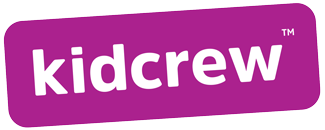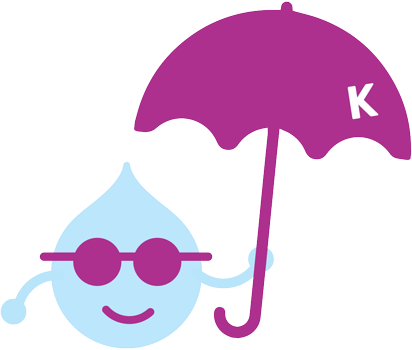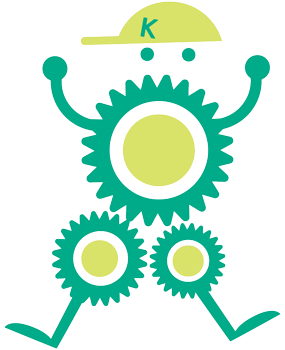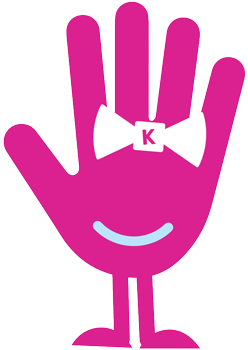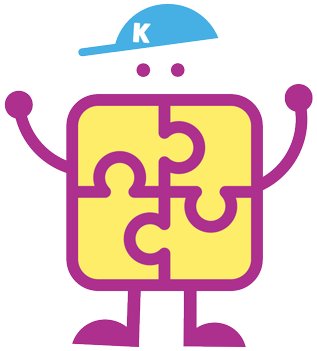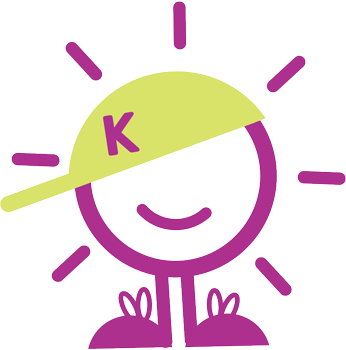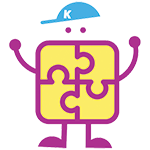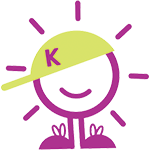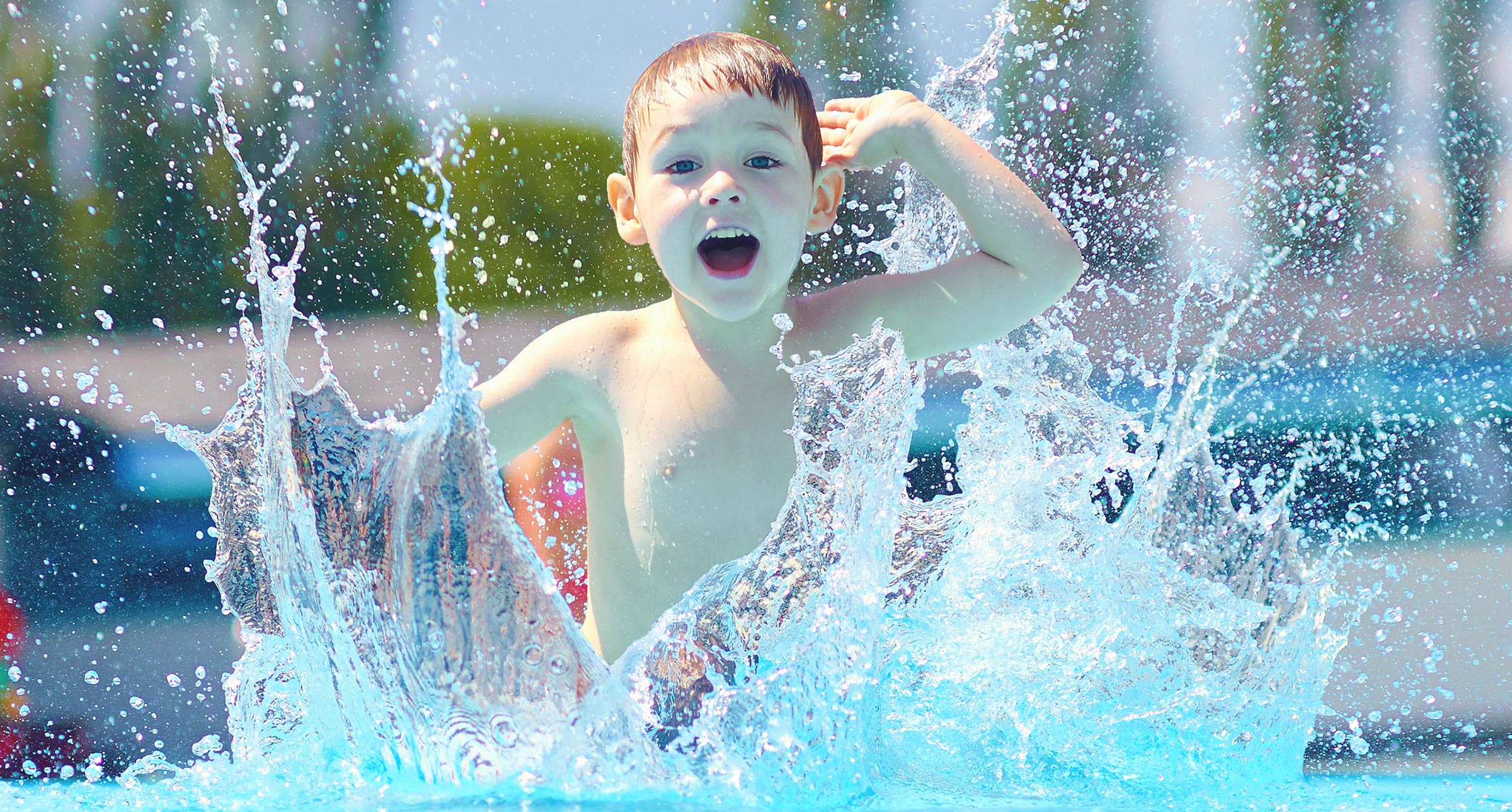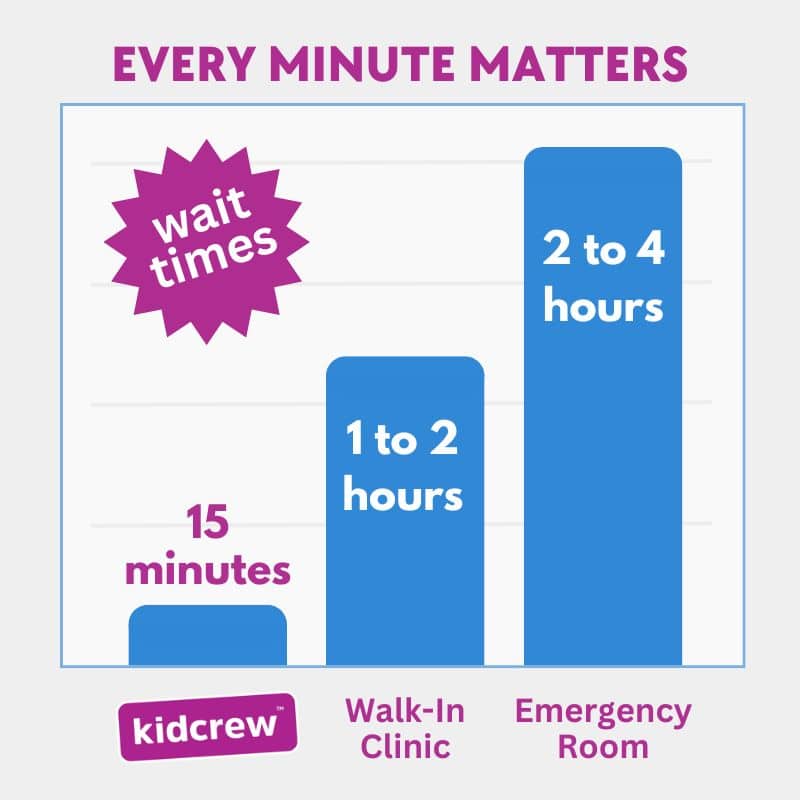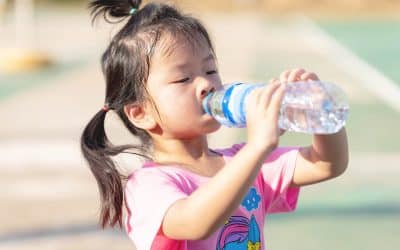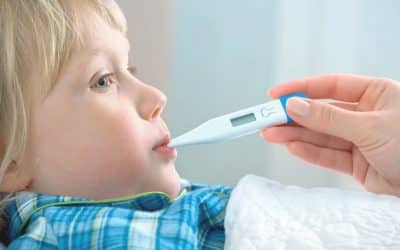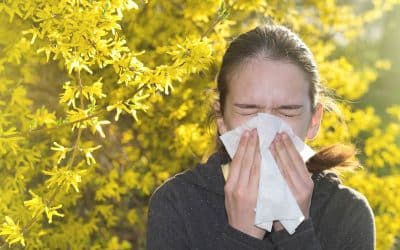Identifying and Responding to Heat Stroke in Children
It’s the peak of summer, and your family is enjoying a day at the park. Your child is running around, having fun, and soaking up the sun. Suddenly, you notice they seem unusually tired and their skin feels hot to the touch. They’re not sweating anymore, and their face looks flushed. Panic sets in—could this be heat stroke?
Understanding Heat Stroke
Heat stroke is a severe heat-related illness that occurs when the body’s temperature regulation system fails, causing the body temperature to rise dangerously high.
Immediate action is crucial to prevent serious complications.
Symptoms of Heat Stroke:
- High body temperature (above 103°F or 39.4°C)
- Hot, red, dry, or damp skin
- Rapid and strong pulse
- Headache, dizziness, or confusion
- Nausea or vomiting
- Loss of consciousness
Immediate Home Care Strategies:
- Call 911 immediately if you suspect heat stroke.
- Move your child to a cooler place, out of direct sunlight.
- Cool their body rapidly by immersing them in cool water or placing ice packs on their neck, armpits, and groin.
- Do not give them anything to drink if they are unconscious or not fully alert.
When to Seek Urgent Care or ER
When to Take Immediate Action and Call 911:
- The child is exhibiting symptoms of heat stroke, such as confusion, fainting, or loss of consciousness.
- Body temperature is extremely high (above 103°F or 39.4°C).
- The child has hot, red, dry, or damp skin.
- Rapid, strong pulse and throbbing headache.
- Unresponsiveness or seizures.
“Heat stroke is a medical emergency. Quick recognition and immediate action can save lives.” – Dr. Dina Kulik
Preventive Measures:
- Ensure your child stays hydrated with water or electrolyte solutions.
- Dress them in light, loose-fitting clothing.
- Avoid outdoor activities during peak heat hours (10 AM to 4 PM).
- Take frequent breaks in shaded or air-conditioned areas.
Conclusion: Act Fast and Stay Safe
Heat stroke is a life-threatening condition that requires immediate medical intervention. Understanding the symptoms and how to respond quickly can make all the difference. Always monitor your child closely during hot weather and ensure they stay cool and hydrated. If in doubt, seek professional medical help without delay.

